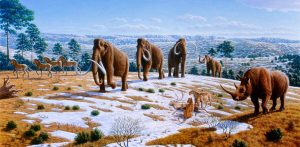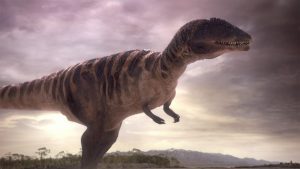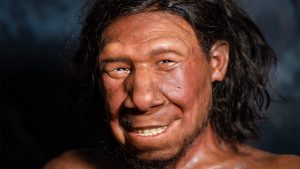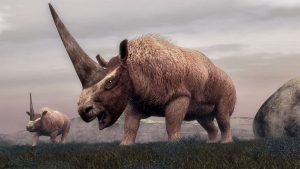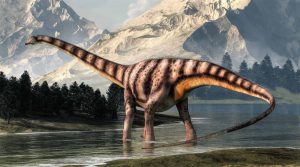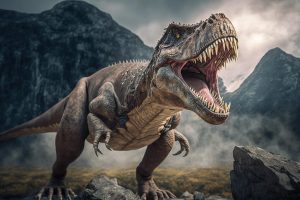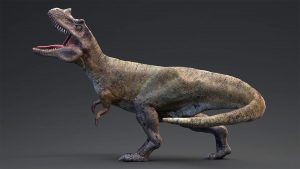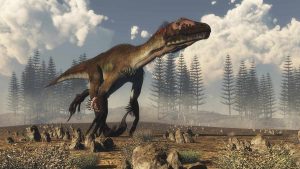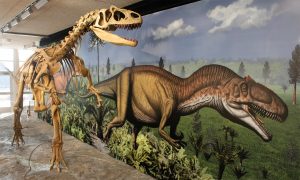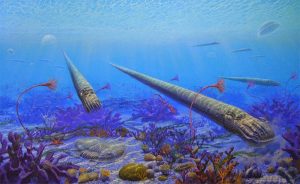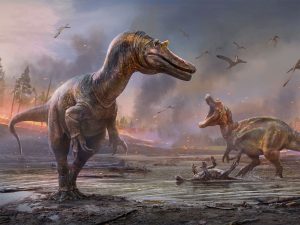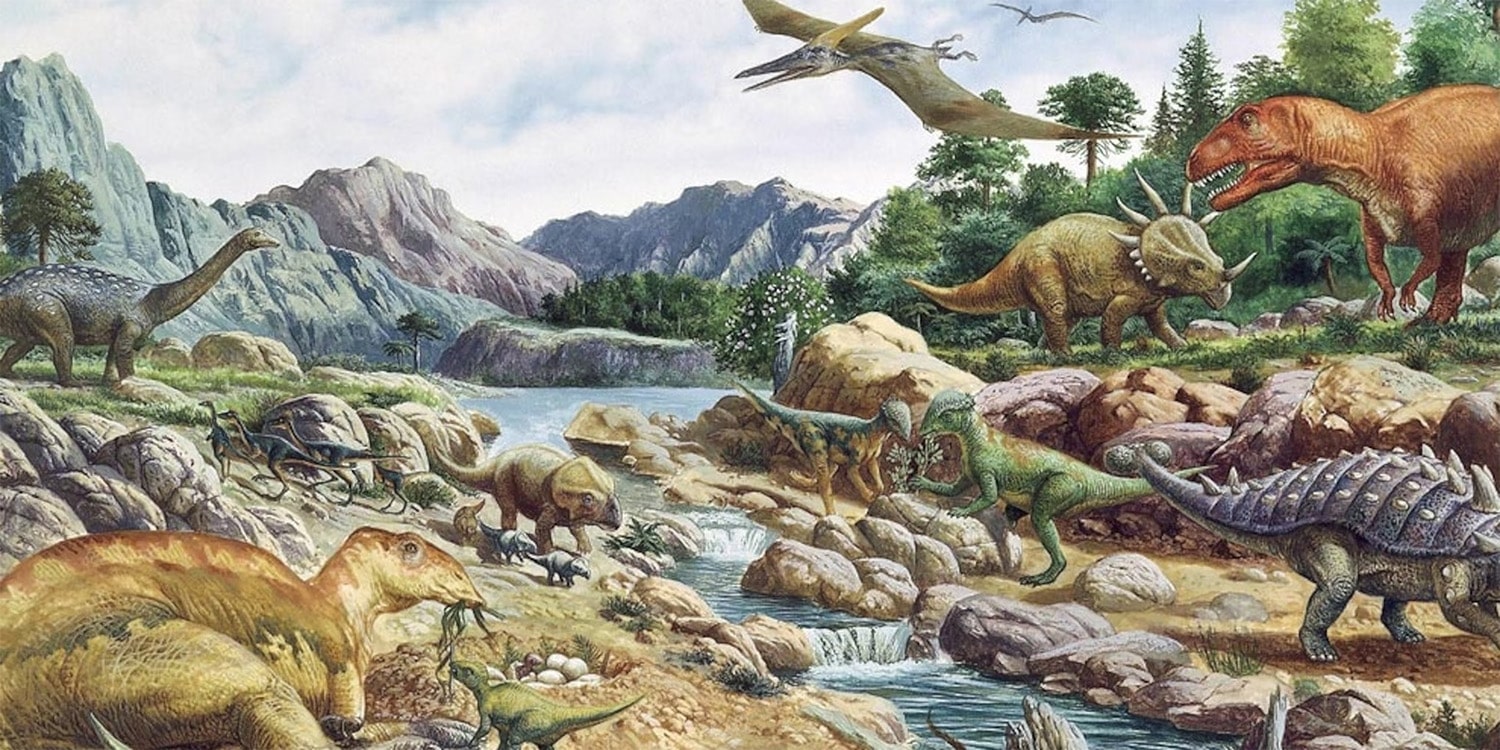
28 interesting facts about Cretaceous Period
- 👁️ 1350
The Cretaceous Period, spanning from about 145 to 66 million years ago, was the last and longest segment of the Mesozoic Era. Marked by significant geological, climatic, and biological changes, the Cretaceous Period laid the groundwork for the modern world as we know it. This era witnessed the dominance of dinosaurs on land, the rise of birds from their theropod ancestors, and the development of flowering plants, drastically altering the landscape and ecosystems. The oceans teemed with diverse life forms, including formidable marine reptiles and the first appearance of modern fish groups. Here are 28 interesting and informative facts about the Cretaceous Period that reveal the complexity and vibrancy of this bygone age.
- The Cretaceous Period is divided into two halves: the Early Cretaceous (145 to 100.5 million years ago) and the Late Cretaceous (100.5 to 66 million years ago).
- It was named after the Latin word “creta,” meaning chalk, due to the large chalk deposits of this age found in Western Europe.
- The climate of the Cretaceous Period was generally warmer than today, even at high latitudes.
- During this period, the supercontinent Pangaea continued to break apart, forming the Atlantic Ocean and shaping much of the modern continental layout.
- The Cretaceous saw the first flowering plants (angiosperms) appear, which would come to dominate terrestrial ecosystems.
- Dinosaurs such as Tyrannosaurus rex, Triceratops, and Velociraptor roamed the Earth during the Late Cretaceous.
- The period witnessed the evolution of the first true birds from theropod dinosaurs.
- Ocean levels were significantly higher than today, resulting in extensive shallow inland seas.
- The Cretaceous Period ended with one of the Earth’s most significant mass extinction events, wiping out approximately 75% of Earth’s species, including all non-avian dinosaurs.
- This mass extinction is widely believed to have been caused by a combination of volcanic activity, climate change, and an asteroid impact.
- The Chicxulub crater in the Yucatán Peninsula, Mexico, is evidence of the asteroid impact that contributed to the end-Cretaceous mass extinction.
- Ammonites, marine mollusks, were among the creatures that went extinct at the end of the Cretaceous.
- The Cretaceous Period saw the rise of mammals, although they remained small and mostly nocturnal until the extinction of the dinosaurs.
- Coral reefs began to resemble modern coral reefs during this period, with the appearance of Scleractinian (stony) corals.
- The first snakes are believed to have appeared during the Cretaceous Period.
- Continental drift led to the isolation of various landmasses, promoting evolutionary diversification.
- The Cretaceous ocean was populated by large marine reptiles, including mosasaurs, plesiosaurs, and ichthyosaurs.
- Belemnites, squid-like cephalopods, were common in Cretaceous oceans.
- The period experienced several significant volcanic events that influenced global climate and ecosystems.
- Flowering plants rapidly diversified in the Late Cretaceous, leading to new co-evolutionary relationships with insects.
- The Cretaceous Period saw the formation of significant coal deposits, which are now major sources of fossil fuels.
- The oldest known ants date back to the Cretaceous Period.
- Fossilized feathers from this period provide evidence of the coloration and diversity of feathered dinosaurs and early birds.
- The Cretaceous terrestrial landscape was dominated by conifers, ferns, and the first flowering plants.
- The Tethys Sea, a vast ocean that separated the continents of Laurasia and Gondwana, began to close during the Cretaceous.
- Fossil evidence suggests that some dinosaurs, such as hadrosaurs, may have lived in herds.
- The period’s end was marked by a significant reduction in plant diversity, as evidenced by fossil pollen records.
- Despite the mass extinction event, the Cretaceous Period laid the foundation for the subsequent evolution of modern flora and fauna in the Cenozoic Era.
The Cretaceous Period was a time of profound changes that shaped the Earth’s biological and geological landscape. From the dominance of dinosaurs to the advent of flowering plants and the catastrophic mass extinction event, the Cretaceous was a period of endings and beginnings. Its legacy is visible in the rich fossil record that continues to intrigue and educate scientists and enthusiasts about the history of our planet. As we uncover more about this fascinating era, we gain insights into the resilience of life and the ever-changing nature of Earth’s story.
